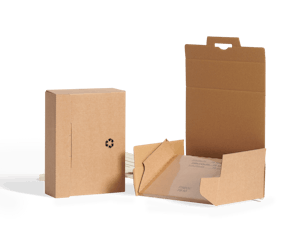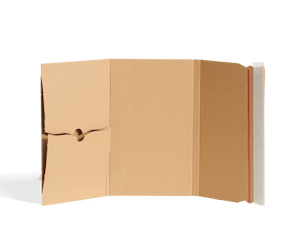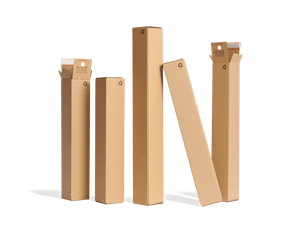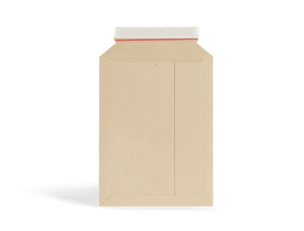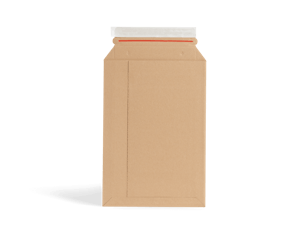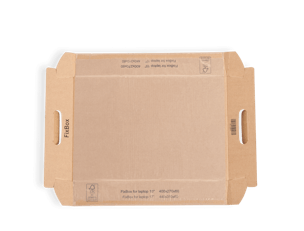
Made in Europe
Local fabrication definition
The fossil fuels used to ship a product from its place of manufacture to the end customer are often astronomical and overlooked. The shorter the route from production, to warehouse to the client, the smaller the emissions footprint.
Why you should choose products made in Europe
Local fabrication in Europe is single-handedly the best way that a small Europe-based brand can lower its carbon emissions. Using locally manufactured products also means that the cost of shipping is kept down and deliveries get to their destination quicker.
Local fabrication also keeps money and economic growth exclusive to one area, thus helping communities grow and thrive.
Manufacturing within the EU also ensures ethical employment and makes it easier for manufacturers to be transparent. It also keeps EU-based manufacturers in line with EU emission laws.
Why you shouldn’t use local fabrication
Brands may not want to use locally manufactured packaging if they have a specific packaging solution in mind that cannot be locally sourced.
Innovative packaging solutions are usually produced in small quantities in complex manufacturing facilities. Such facilities may be located on the other side of the continent to your warehouse.
As a result, using such packaging would mean a larger net carbon footprint for the brand. Therefore, using less innovative packaging that’s locally sourced may be a better option for these brands.
Packhelp and local fabrication
Almost all of Packhelp’s products are made in Poland, central Europe. This means that the shipping distance is minimised whether the customer is in Lisbon or Moscow.


